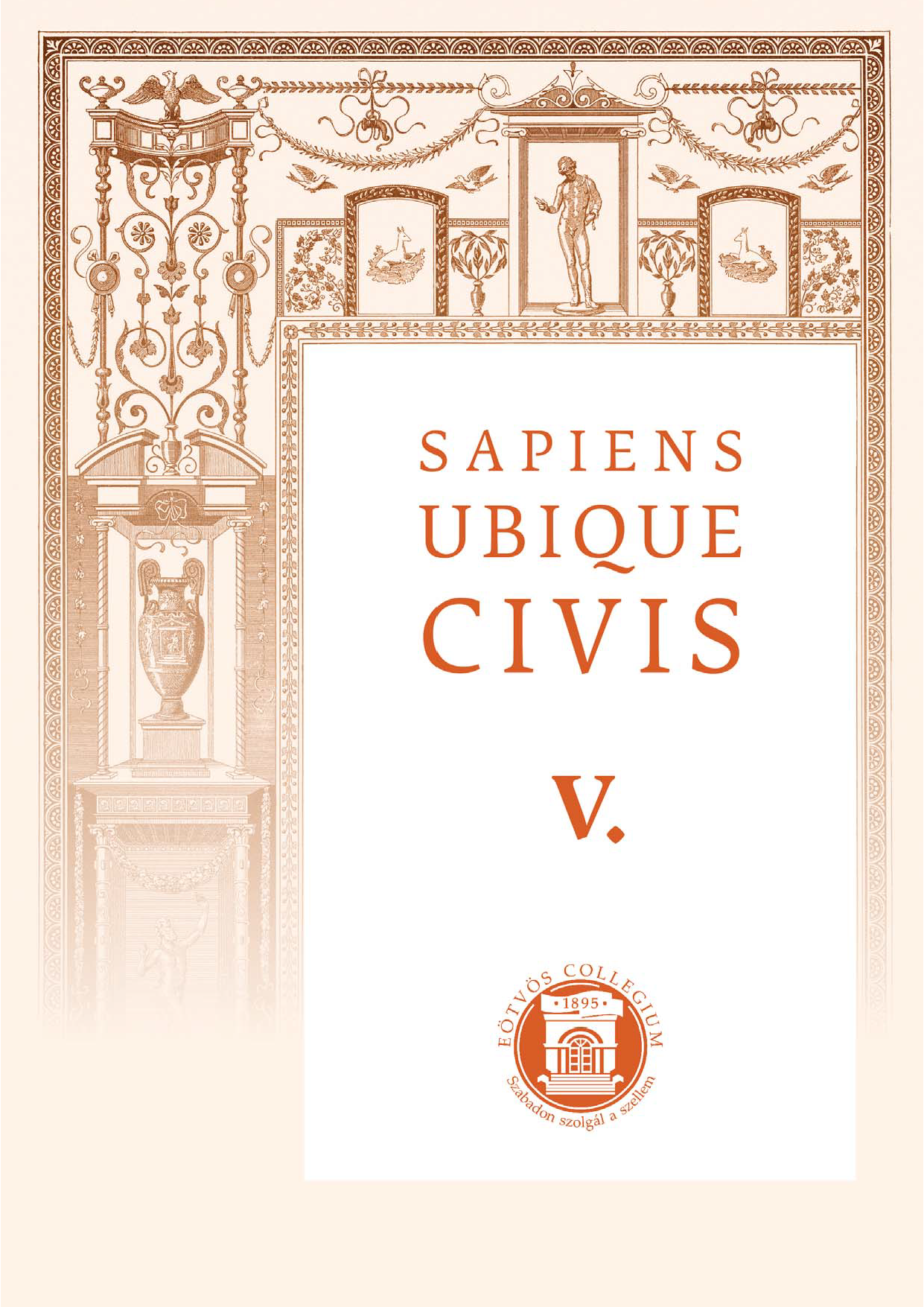Achaemenid Audience Imagery An Appraisal of its Aspirational and Subversive Artistic Responses in the Achaemenid Period
Main Article Content
Abstract
Among the extant symbolic monumental reliefs adorning the royal complex of Persepolis – ceremonial capital of Achaemenid Persia – the royal audience scenes are especially fascinating, compositionally and ideologically. This article explores the powerful ideology behind Achaemenid audience imagery in its original setting in Persepolis, its notable dissemination, and adaptations in various artistic media within and beyond the empire (550–330 BC). Here, we seek to ascertain how and why such adaptations differed from the original contextually, visually, and ideologically; to identify what motivations patrons and artists had for reconfiguring the audience scene, regarding what messages they sought to communicate, chiefly aspirational and subversive, and what attitudes towards Achaemenid rule they reveal. We ultimately demonstrate the diverse flexibility and adaptability of artistic responses to Achaemenid audience imagery, forming an apt template for transmitting particularly polarising socio-political and ideological messages; aspirational ones within the empire strive for assimilation and self-aggrandisement, subversive, beyond, for constructing the “Other”.

